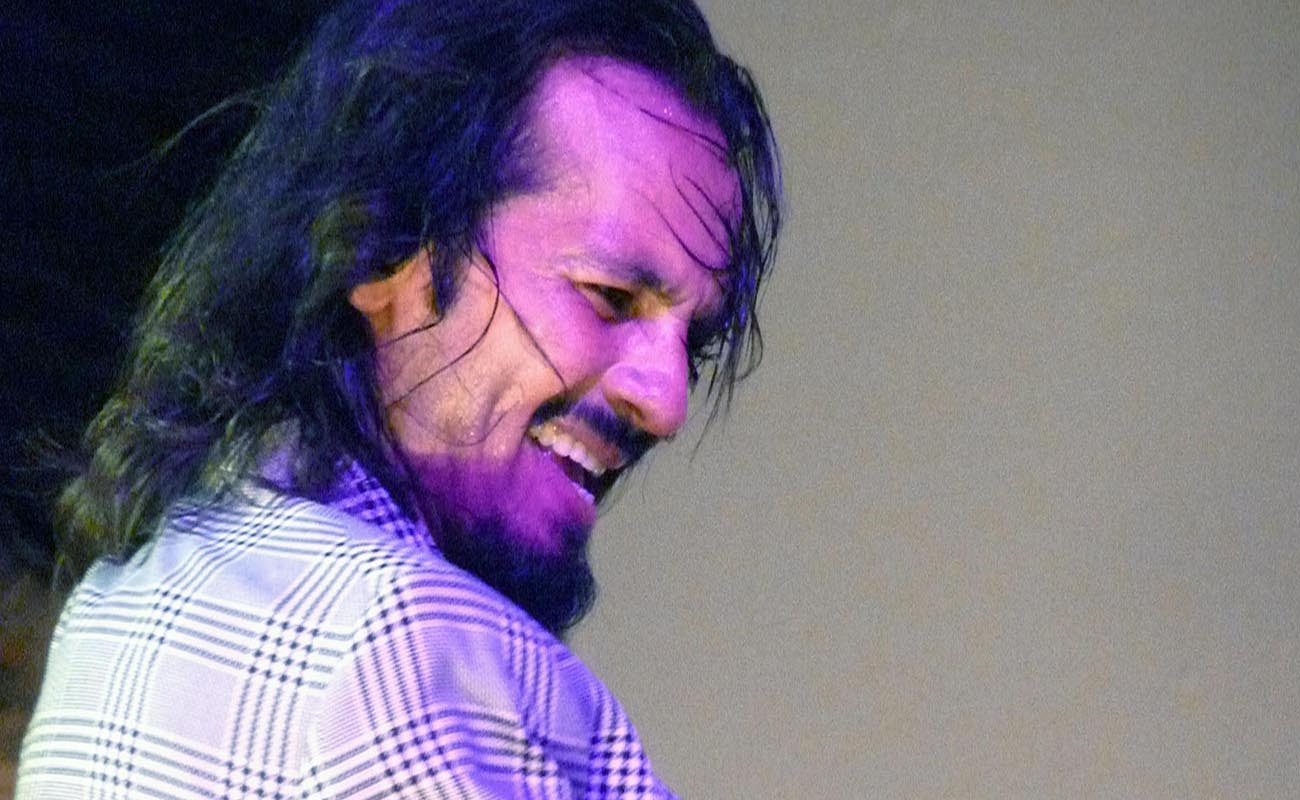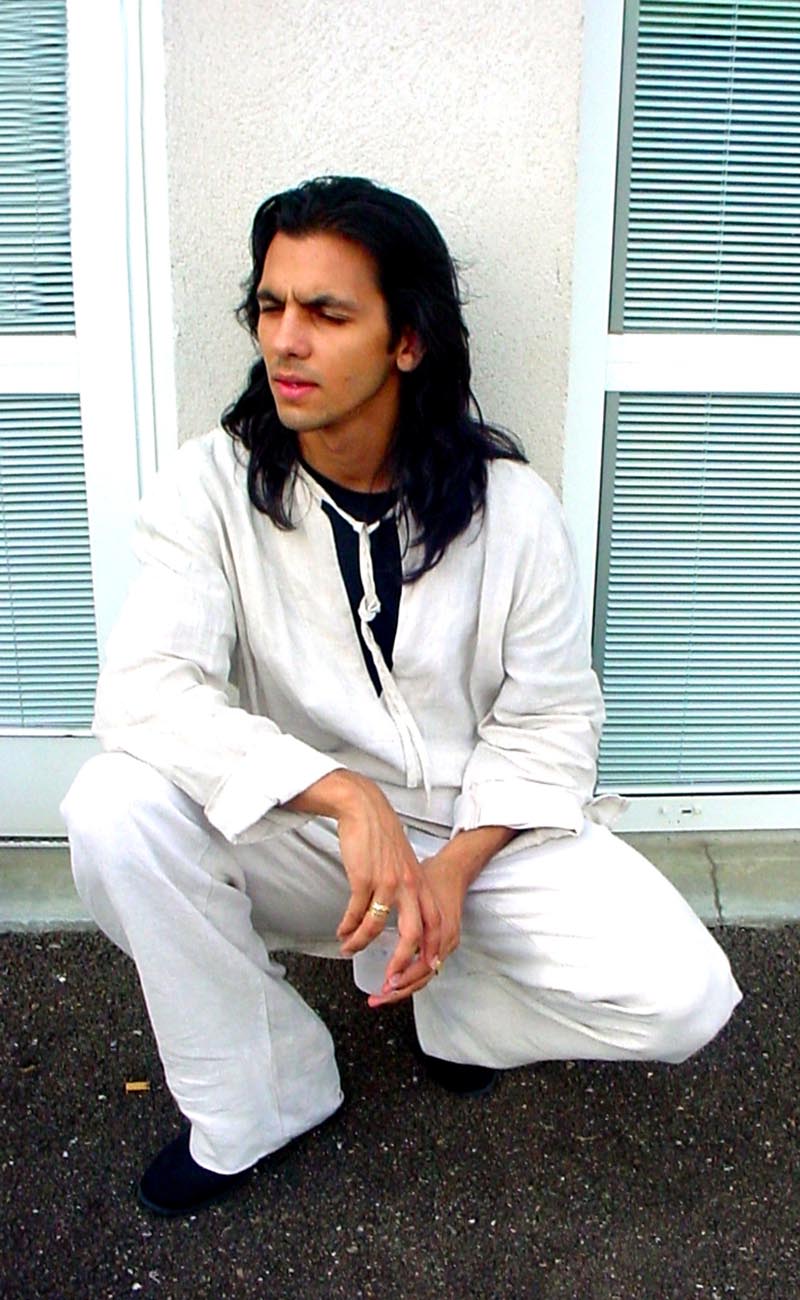Farruquito: analysis of a genius
Farruquito, a child prodigy, a condition that raises few eyebrows in this prodigious family, made his debut in New York at the age of five, and flamenco dancing, both male and female, hasn’t been the same since.

At this point in time it’s no discovery that Juan Manuel Fernández Montoya “Farruquito” is a great flamenco dancer. For over two decades, he’s been stirring up audiences, and we’ve assimilated his powerful talent to such an extent that we hardly even find it remarkable any more. He’s light-years ahead of most of the pack, this, considering that the current level of flamenco dance is very high.
Just like the rest of you, I sometimes get tired of the karate kicks, and besides, don’t Farru, Carpeta, and other family members do exactly the same moves, even the younger ones? The short answer is “no”.
The long answer is that I recently had the chance to see Juan dance three times in just over a fortnight, at the Potaje de Utrera, the Gazpacho de Morón, and the Caracolá de Lebrija, and it was a great opportunity to gauge the extent of his creativity and mastery. This is, of course, the stylistic school of his grandfather Farruco, to whom we must be eternally grateful. From an expansive world of jumps and pirouettes, Antonio Montoya Flores infused the elegant vision of Pilar López with flamenco essence, opened the world of minimalism with eloquent movements, a penetrating gaze, and arms that seemed to have a script all their own.
Farruquito, a child prodigy, a condition that raises few eyebrows in this prodigious family, made his debut in New York at the age of five, and flamenco dancing, both male and female, hasn’t been the same since. Twenty years ago, at the Joaquín Turina theater in Seville, Farruquito, along with dancers Juana Amaya and Pepe Torres, made clear their commitment to the future of flamenco dance. Certainly, in the year 2023, we continue to admire Israel Galván, Andrés Marín, Alfonso Losa, Estévez/Paños, and other brave visionaries. However, Farruquito effortlessly delivers his fresh flamenco without even a hint of cracking the mold. At the Flamenco Biennial of Seville in 2018, he left the stage after a long ovation, shouting his anti-fusion battle cry: “Long live flamenco forever… only flamenco!”
Juan always brings new moves. If you follow his performances, you’ll notice the amount of improvisation. You see how he starts playing with certain movements, develops them, squeezes them, and discards them to find others in a constant process of search and discovery. He is never limited by flamenco. Quite the contrary. It gives him wings with no accessory other than his own creativity. The Farrucos move in a parallel world where life is not understood unless it follows the pulse of rhythmic intervals. Over the years, attempts have been made to represent the Farrucos within the context of a script with a narrative thread that ended up diminishing the dance at the service of gratuitous conceptualism.
Now, in the year 2023, the child has matured spectacularly, the prince has become an emperor. His dance is full of silences, darkness, nuances, piercing glances, and exquisitely subtle movements of hands and head, all inserted into a crystalline rhythm with surgical precision.
Farruquito has managed to distill the essence of homespun patio dancing, mixed with the brilliance and discipline of stage dancing, to create an irresistibly flamenco product that comes from within and seduces audiences the world over.






